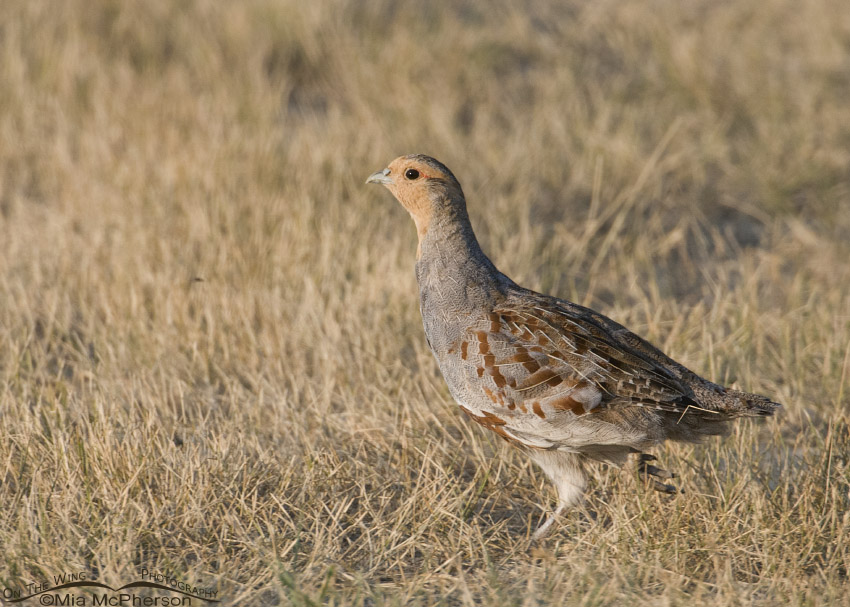Partridge is a popular game bird that’s easy to prepare and cooks quickly. It’s also a good choice for first-time hunters thanks to its lean meat and low gamey flavour.
Young partridges taste better than older ones and are best roasted, although casseroles work well too. Older birds are a little dry and tough, so they’re best served in pies or stews.
Overview of Partridge as a Food Source
Partridges are members of the pheasant family and are typically ground-dwelling birds that feature variable plumage coloration across species. These birds nest on the ground and have a diet consisting of seeds and insects.
They are found in Europe, Asia, Africa, and the Middle East. Their populations are stable in most regions, although some are endangered due to habitat loss and hunting.
They live in groups of coveys, which consist of a breeding pair and their chicks. Once the chicks reach maturity, they leave their parents and form their own groups.
Culinary Uses and Traditional Dishes
Partridges are a staple food in many traditional dishes. Their meat is a healthy choice for a meal and is very flavorful.
A roasted whole partridge tastes delicious, either on the grill or in the oven. A light gravy made from the cooking juices makes a tasty accompaniment to this dish.
The best way to roast a partridge is in an oven heated to a high temperature (180°C/350°F). Cook the bird until it’s browned and reaches an internal temperature of 70°C.
Availability and Market Trends
In the United States, partridge is a popular game bird for hunting. These birds are available for sale in a variety of retail stores, and they can also be found on several online selling platforms.
Despite their popularity, the population of gray partridges is declining in some parts of North America. These declines may be caused by habitat loss or other factors.
The availability of farm-bred partridges in the United States is highly variable, and the market for these birds can be quite lucrative. They are sold as day-old chicks or as eggs or mature birds.
Health Benefits and Concerns
Partridge meat is a healthy option for those looking for a low-fat, high-protein alternative. It’s a source of protein, omega-3 fatty acids, vitamins B6 and B12, iron, selenium, and more.
Despite its health benefits, however, there are some concerns associated with Partridge consumption. These concerns include cholesterol levels, obesity, and the possibility of contracting avian influenza.
Grey partridges are non-migratory terrestrial birds found throughout Europe and western Asia. They are monogamous and mate for life. They nest on a ground nest or in a small cavity and usually lay 3-5 eggs per week.
Sustainability Issues
The harvesting and consumption of Partridge can cause a number of sustainability issues. For example, commercial pheasant and partridge shooting contributes to the decline of wildlife populations in Britain, as these birds are predated by foxes.
The GWCT has developed a recovery programme for Partridge that is based on scientifically proven methods of predator control and habitat restoration. These methods require a commitment from the landowner and a team on the ground that can deliver results.
To help understand the effectiveness of agri-environmental measures in restoring a population of Partridge, we examined variations in partridge young/adult ratio and abundance among estates that manage red-legged partridges for hunting purposes. Variations in young/adult ratio were best explained by management variables that also influence abundance, such as feeders, water points, release density and harvest intensity.

